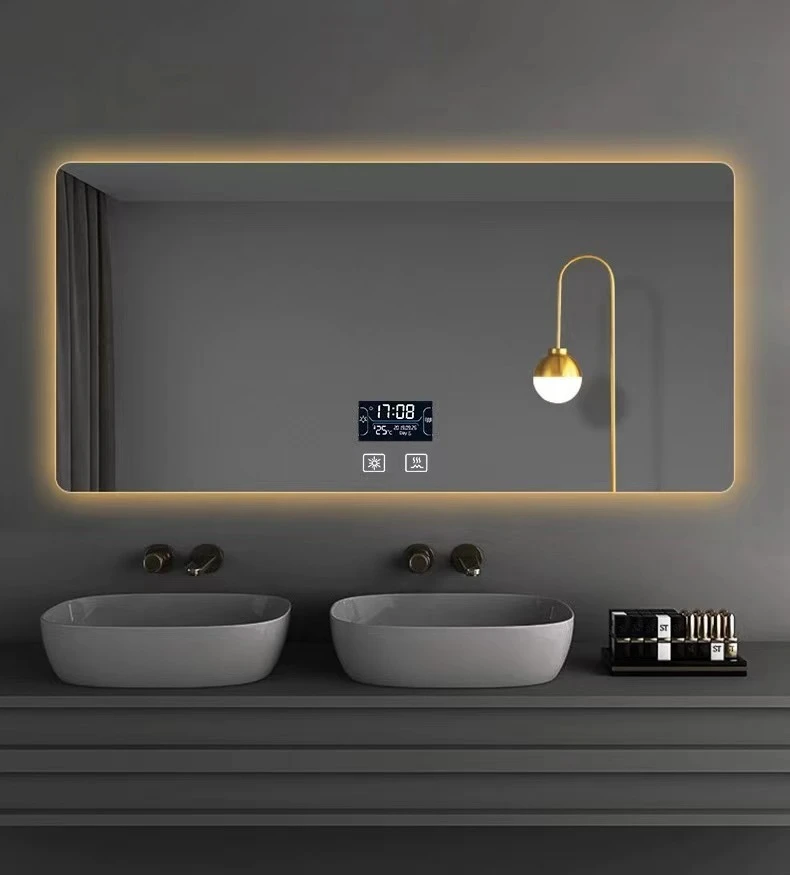

The Evolution and Benefits of Float Glass Panels
Float glass panels have revolutionized the glass manufacturing industry since their inception. The process, developed in the 1950s by Sir Alastair Pilkington, has led to the creation of high-quality, uniform glass sheets that serve a multitude of applications. Understanding float glass, its production process, and its benefits can provide deeper insight into why it has become a prevalent choice in modern construction and design.
The float glass process begins with the melting of silica sand, soda ash, and limestone in a furnace. This molten mixture is then poured onto a bed of molten tin, resulting in a smooth, flat surface. The reason this method is so integral to the production of glass panels is due to its ability to create sheets that are not only flat but also have consistent thickness and clarity. After the glass has cooled and solidified, it is cut into desired dimensions for various uses.
One of the standout features of float glass panels is their exceptional optical clarity. This characteristic makes them ideal for applications where visibility and light transmission are paramount, such as in windows, facades, and glass doors. In addition to clarity, float glass exhibits excellent resistance to weathering and UV degradation, making it a durable choice for both residential and commercial buildings.
In terms of insulation, float glass panels can be enhanced with various coatings to improve their energy efficiency
. Low-emissivity (Low-E) coatings can be applied to reduce heat transfer, keeping interiors warmer in winter and cooler in summer. This innovation not only contributes to comfort but also significantly reduces energy costs, making float glass a sustainable choice for modern architecture.
Floating glass is also versatile in design, as it can be tempered, laminated, or coated to cater to different aesthetic and functional requirements. Tempered glass is heat-treated to enhance strength, making it suitable for areas requiring safety, while laminated glass offers sound insulation and protection against UV light. Furthermore, decorative coatings or tints can provide additional privacy, control glare, and contribute to energy efficiency.
Another significant advantage of float glass panels is their ease of fabrication. They can be cut, drilled, and shaped with relative ease, facilitating the design process for architects and builders. The ability to customize glass panels to fit specific architectural styles and functions is invaluable in today’s design-centric market.
In recent years, the demand for float glass has surged with the rise of eco-friendly designs and sustainable building practices. Manufacturers have begun to adopt more environmentally conscious production methods, minimizing waste and utilizing recycled materials. This trend not only aligns with global efforts to combat climate change but also appeals to consumers who are increasingly prioritizing sustainability in their choices.
In conclusion, float glass panels are a cornerstone of modern architectural design, combining functionality with aesthetics. Their outstanding clarity, durability, and adaptability make them an optimal choice for various applications. As the industry continues to innovate, the future of float glass will likely see even greater advancements in sustainability and energy efficiency, reinforcing its position as a fundamental material in construction and design. Whether in residential homes, commercial buildings, or artistic installations, float glass panels represent a blend of beauty and utility that meets the demands of today and tomorrow.